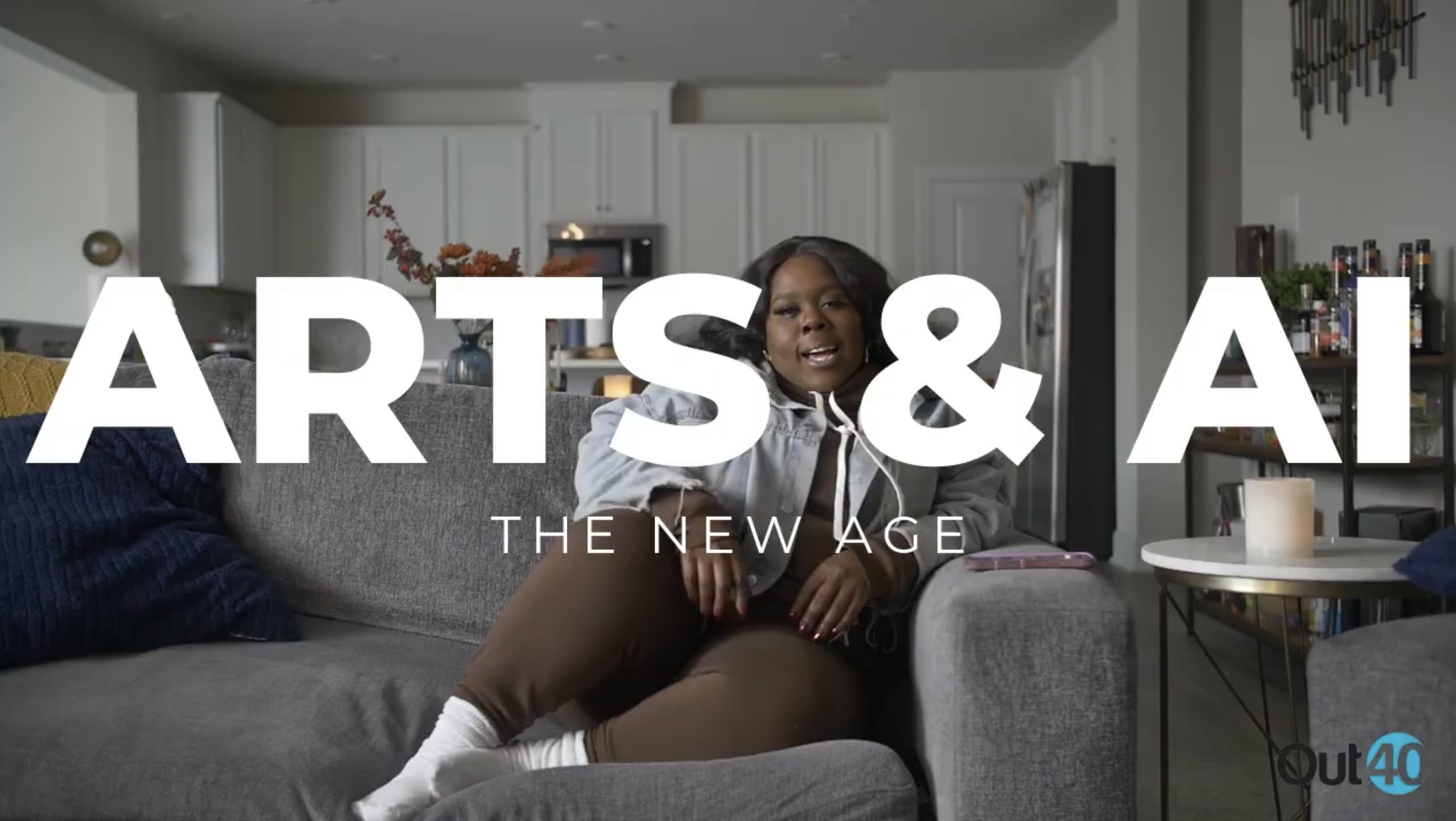Artificial intelligence has seamlessly entered the world of the arts, offering new ways to create, distribute, and reimagine art.
From generative music and digital painting to AI-driven storytelling, the technology promises both liberation and disruption. For Black and Brown artists, the embrace of AI presents a critical crossroads: on one hand, it opens a path to ownership, representation, and cultural expansion in a rapidly developing ecosystem; on the other, it risks repeating cycles of exploitation that have long defined the history of Black artistic labor. In a space where algorithms can replicate bias and marginalization, the intentional presence of Black creators becomes not just important, but necessary.
The validity of Black and Brown artists leading the charge in AI production and the design of Black characters is rooted in both necessity and possibility. Research into algorithmic bias shows that AI systems tend to erase or distort underrepresented identities when they are not shaped by those identities themselves. By placing themselves at the center of AI art-making, Black creators can author authentic narratives, embody cultural nuance, and resist technological erasure. This contribution positions them not just as participants but as potential leaders in redefining how AI can hold space for complex, lived experiences that are too often flattened into stereotypes.
Yet history teaches caution.
From the exploitation of Black musicians in the early recording industry to the appropriation of hip-hop culture in mainstream media, trailblazing artists of color have often built movements only to see them co-opted and monetized by others. In the AI age, the danger is that Black innovators become the face of a new cultural wave while corporations consolidate power, ownership, and profit. Without protections like intellectual property rights, and collective platforms, Black artists risk being positioned as pawns within a system that markets their creativity but denies them long-term stake.
AI in arts, then, is not just about innovation but about agency. The challenge is ensuring that participation translates into ownership, and that leadership is protected from the predatory patterns of the past. The cultural validity of Black creators in AI is unquestionable; what remains uncertain is whether society will allow them to reap the benefits of their trailblazing. The future of AI in the arts depends not only on who creates but on who controls.
AI’s impact on the arts is still unfolding, and the truth is that we may not yet know whether it will ultimately help or harm creative expression. On one hand, it democratizes access to tools, making it possible for more people to create, experiment, and share art without traditional gatekeepers. On the other, it risks flattening creativity into replication and replacing human originality. The line between innovation and exploitation is thin, and the difference may lie in how we, as artists and audiences, choose to engage with the technology. If AI becomes a tool for amplifying voices, honoring cultural roots, and expanding possibility, it may open new horizons for the arts. But if it becomes a mechanism for profit, erasure, or the reproduction of bias, it could harm the very communities it claims to empower. Perhaps the real measure of AI in the arts will not be in what it produces, but in whether the people who create it and shape it retain dignity, agency, and ownership in the process.


